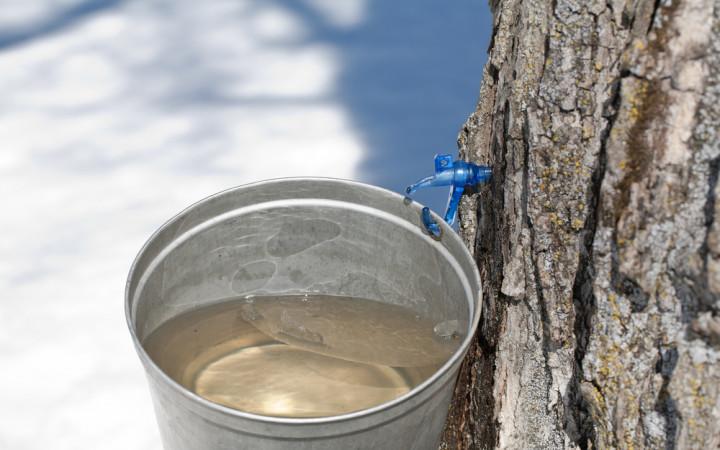Maple Water Market Challenges: From Consumer Education to Seasonal Supply Barriers

The maple water market, while marked by growing consumer interest and expanding geographical reach, is not without its significant market challenges. As industry stakeholders aim to capitalize on maple water’s natural, functional appeal, they must navigate a complex set of issues related to consumer education, seasonality, pricing, logistics, and brand differentiation. Addressing these challenges is vital for sustaining momentum and achieving broader market penetration.
Limited Consumer Awareness and Education
Despite its inherent health benefits and sustainable sourcing profile, maple water continues to suffer from relatively low consumer awareness outside of niche wellness circles. Many consumers are unfamiliar with what maple water actually is, often confusing it with maple syrup or viewing it as a sugary novelty rather than a functional hydration product.
This lack of awareness creates a fundamental marketing challenge. Brands must invest significantly in consumer education, highlighting key differentiators such as electrolyte content, low sugar levels, and natural origin. Without a strong educational component, even premium product positioning and attractive packaging may fail to convert interest into regular purchases.
Seasonality and Supply Chain Constraints
Maple water harvesting is inherently seasonal, tied to the spring thaw in regions where maple trees are tapped. This limited production window creates a bottleneck in supply, making it difficult for producers to meet year-round demand or respond quickly to market spikes.
Storage and preservation technologies help address some of these issues, but they also increase operational costs and raise questions about freshness. Producers must walk a tightrope between scaling up capacity and maintaining the product’s “natural” and minimally processed appeal.
Pricing and Value Proposition
Compared to mainstream bottled water and even some other functional beverages, maple water is priced at a premium. This presents a challenge, particularly in price-sensitive markets or during periods of economic uncertainty. Consumers may question the value of spending significantly more on a product they perceive as water with a hint of sweetness.
To overcome this, brands must clearly articulate the functional and environmental value propositions of maple water—emphasizing its mineral content, antioxidant properties, and sustainable production. Without this clarity, consumers may opt for lower-cost hydration alternatives, regardless of maple water’s superior profile.
Distribution and Retail Visibility
Another core challenge lies in gaining and maintaining shelf space in competitive retail environments. Supermarkets and beverage retailers typically prioritize high-turnover SKUs, and emerging brands often struggle to secure favorable placement. This is particularly problematic in markets where maple water is still considered a novelty rather than a category.
Distribution agreements and partnerships are essential to improving visibility, but they can be expensive and complex for smaller producers. Additionally, the perishable nature of maple water can discourage retailers from dedicating significant space unless there is strong demand pull-through.
Brand Differentiation in a Crowded Niche
While the number of maple water brands remains relatively small, the broader functional beverage space is highly saturated. Consumers are inundated with “better-for-you” drink options—each claiming unique benefits. Maple water brands must work harder to stand out, especially in categories dominated by aggressive marketing players with deeper pockets.
Product innovation offers one path forward, with variations such as flavored maple water, sparkling options, and functional infusions. However, innovation must be balanced with brand authenticity and production feasibility, especially when scaling.
Conclusion
The maple water market is laden with both potential and pitfalls. Market challenges such as consumer unfamiliarity, seasonal limitations, premium pricing, and distribution barriers must be strategically addressed for the category to move from niche to mainstream. Companies that succeed will be those that invest in clear communication, efficient logistics, and continuous innovation. As the natural hydration trend grows, those who navigate these challenges effectively will be best positioned to reap long-term rewards in this unique segment.
- Art
- Causes
- Crafts
- Dance
- Drinks
- Film
- Fitness
- Food
- Παιχνίδια
- Gardening
- Health
- Κεντρική Σελίδα
- Literature
- Music
- Networking
- άλλο
- Party
- Religion
- Shopping
- Sports
- Theater
- Wellness
- Politics
- IT
- Relationship
- Blockchain
- NFT
- Crypto
- Fintech
- Automobile
- Faith
- Family
- Animals
- Travel
- Pets
- Coding
- Comedy
- Movie
- Παιχνίδι
- Computer


